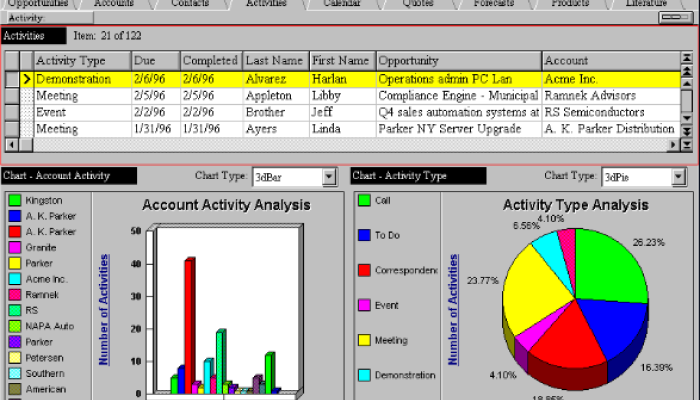
Salespeople are used to trying to overcome the “customer status quo” barrier when convincing a prospect to make a purchase, but it turns out overturning the status quo isn’t necessarily the best way to secure a sale – minimizing the customer’s fear of purchasing is the key.
In a large-scale study of more than 2.5 million recorded sales conversations — including both transactional and complex sales — sales experts Matthew Dixon and Ted McKenna found that between 40% and 60% of deals today fail because customers who express an intent to purchase don’t follow through. And it’s not just customers in the first stage of the sales process – it’s customers who make it almost to the finish line, even past extended pilots or trials, but don’t cross it.
To combat this, salespeople may resort to using “FUD” — or, fear, uncertainty, and doubt — to harness the customer’s FOMO with the aim of securing the sale. But Dixon and McKenna’s research shows that this method can actually be counterproductive when trying to coax a customer across the finish line.
This is because there is a bigger problem that salespeople aren’t giving enough attention to: customer indecision. Behavioral research over the last few decades – and now, Dixon and McKenna’s research as well – has shown that indecision is actually one of the biggest reasons why prospects don’t complete that DocuSign.
Why is customer indecision such a big deal?
So what’s the difference between preference for the status quo and indecision? Well, they’re actually driven by two different psychological effects.
Preference for the status quo comes from a desire to stick with the comfortable and familiar despite better options being presented. Customer indecision is caused by omission bias, when people weigh the negative effects of action more heavily than they weigh the negative effects of inaction.
Dixon and McKenna discovered that the three biggest causes of customer indecision are valuation problems, lack of information, and outcome uncertainty. This is made worse by the fact that there are more options than ever out there, and more information than ever available to learn about those products.
Indecision is especially dangerous because it’s hard for salespeople to detect. Firstly, because customers are less willing to discuss the personal fears behind indecision than they are to discuss their preference to simply stay as they are. Secondly, customers might not even be aware they are dealing with indecision. Yet, Dixon and McKenna found that 87% of sales opportunities contain either moderate or high levels of customer indecision.
What sales reps can do to overcome indecision.
Top performing sales reps have actually been (unknowingly) developing their own playbook to overcome indecision. This “playbook” consists of four techniques that Dixon and McKenna have dubbed the “JOLT method.”
First, one should “judge the level of customer indecision.” In interviews conducted with high-performing sellers, they found that these reps assess prospects on their ability to decide as well as their ability to buy. Moderately indecisive? Forecast it for later. Too indecisive? Cut your losses and move on.
Second, you should offer your recommendation, focusing a customer on specific choices rather than laying out every possible choice and overwhelming them. Dixon and McKenna saw that when reps simply diagnosed their customer’s need and offered no recommendation, win rates were only 14%. But when they added a recommendation into the mix, win rates were 36%.
The third tactic is to “limit the exploration.” The more information a customer consumes, the more indecisive they are likely to become, as they usually end up with even more questions than answers. Demonstrating your own credibility on the topic while assuring the customer you’re not overselling them leads to win rates of over 42%.
Finally, to close a deal, look for ways to “take risk off the table” by offering safety nets that mitigate a customer’s fear about regretting their decision. This could look like any number of things, from opt-out clauses to more complicated legal language, but the key is to provide a tangible solution that dispels that fear and uncertainty.
When Dixon and McKenna compared the win rates of salespeople who use the JOLT method with those who didn’t, the results were significant. The former were able to convert 57% of deals with moderately indecisive customers, whereas the latter could only convert 26%. And with highly indecisive customers, the percentages were 31% and 6%, respectively.
One thing is clear – successfully navigating the indecision problem in the sales industry will require some serious rethinking of sales strategies, not just on an individual basis but at the very highest levels of sales organizations.
You can pre-order Dixon and McKenna’s book The JOLT Effect: How High Performers Overcome Customer Indecision here.







